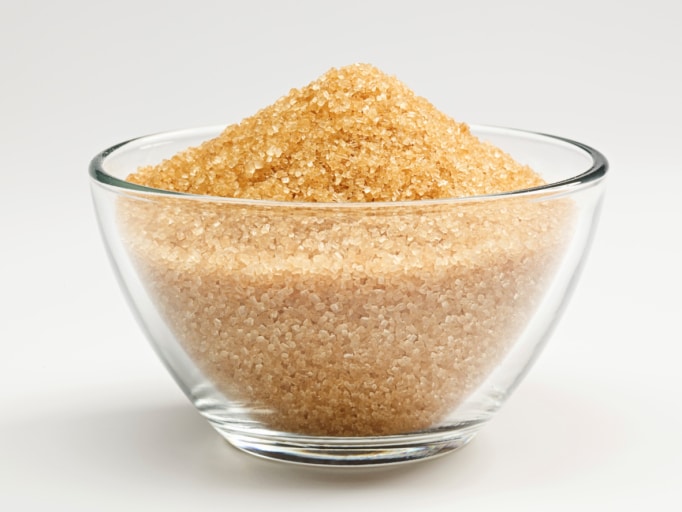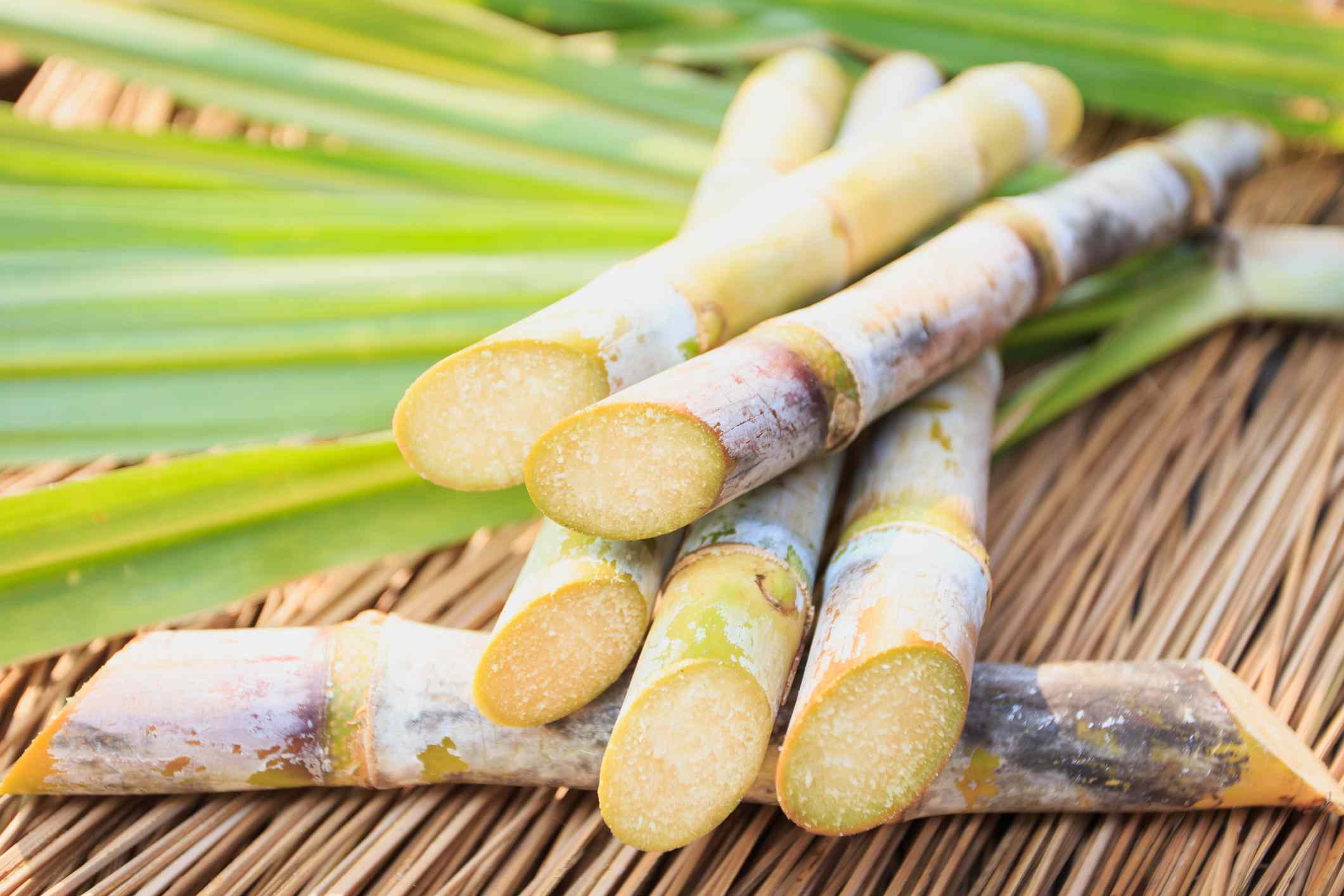Cane Sugar Processing: Typical Approaches and Modern Innovations
Cane Sugar Processing: Typical Approaches and Modern Innovations
Blog Article
A Thorough Overview to the Ecological Influence and Sustainability Practices in Cane Sugar Processing
The environmental impact of walking cane sugar processing offers a complicated array of challenges that warrant mindful assessment. From dirt degradation and too much water use to the carbon impact related to farming and manufacturing, the repercussions of typical techniques are significant. In comparison, the fostering of ingenious sustainability actions offers a path toward much more responsible manufacturing techniques. Recognizing the interaction between these concerns is crucial for stakeholders in the industry. What specific methods can be applied to strike a balance between efficiency and ecological stewardship? The solutions lie in a closer look at both the difficulties and possible remedies.
Review of Cane Sugar Processing
Cane sugar handling involves a collection of methodical steps that transform sugarcane into refined sugar. Originally, harvested sugarcane is transferred to refining centers, where it undergoes cleaning to get rid of dirt and particles. Following this, the cane is squashed to extract juice, which is after that made clear by eliminating pollutants through heating and the enhancement of lime.
The clarified juice undertakes dissipation, where water is gotten rid of to concentrate the sugar web content. This concentrated syrup is then taken shape with cooling, enabling sugar crystals to create. These crystals are separated from the staying syrup making use of centrifugation, resulting in raw sugar. To accomplish polished sugar, the raw item undergoes additional filtration procedures, which might include cleaning and filtering to eliminate staying pollutants and color.
The final item is after that dried out and packaged for circulation. Throughout this whole process, maintaining efficiency and quality assurance is important to guarantee the sugar meets industry standards. Each step in cane sugar handling not just adds to the end product however also has ramifications for resource use and waste generation, setting the stage for conversations on sustainability and ecological effects related to sugar production.
Environmental Challenges of Manufacturing
The manufacturing of cane sugar provides numerous substantial environmental difficulties that warrant focus. One main issue is the substantial usage of agrochemicals, including pesticides and fertilizers, which can lead to soil destruction, biodiversity loss, and contamination of local water resources. The runoff from sugarcane areas commonly brings these chemicals right into neighboring environments, interrupting marine life and impacting the health and wellness of neighborhoods reliant on these water bodies.
One more difficulty is the high energy intake related to sugarcane processing. The boiling and refining phases call for substantial warm, mainly produced by burning nonrenewable fuel sources, contributing to greenhouse gas discharges. Additionally, the extensive acreage required for sugarcane growing can cause logging and environment devastation, more intensifying climate modification and harmful wild animals.
In addition, the labor practices in some regions elevate moral concerns, as workers may deal with inadequate working problems and inadequate salaries. This scenario typically perpetuates a cycle of poverty in local neighborhoods. Cane Sugar Processing. Dealing with these environmental obstacles is vital for establishing a lot more sustainable techniques in walking stick sugar manufacturing, eventually benefiting both the environment and the neighborhoods entailed in this market
Water and Land Use Impact
Water resources and land usage are critical elements in the cane sugar market that substantially influence the setting. The cultivation of sugarcane calls for substantial water input, with estimates suggesting that it can consume approximately 2,000 liters of water per kilo of sugar generated. This intensive usage of water typically leads to deficiency of local water sources, impacting not only the sugarcane haciendas but additionally bordering ecological communities and neighborhoods that depend on the very same water sources for agriculture and domestic usage.

Additionally, land usage for sugarcane cultivation can lead to logging and the conversion of natural environments right into monoculture plantations. This technique diminishes biodiversity, disrupts neighborhood communities, and contributes to soil deterioration. The development of sugarcane areas usually trespasses on beneficial agricultural land, developing competitors for sources in between food and biofuel production.
Lasting techniques, such as optimizing irrigation strategies and carrying out plant turning, are necessary to minimize these influences. By adopting extra effective water use and land monitoring techniques, the cane sugar sector can lower its eco-friendly footprint, making sure a balance in between farming productivity and environmental conservation.
Greenhouse Gas Emissions
Greenhouse gas emissions stand for a substantial environmental problem within the walking cane sugar processing sector, especially as farming techniques broaden to satisfy global need. The cultivation of sugarcane, a crop that flourishes in exotic climates, depends greatly on artificial fertilizers and chemicals, which add to laughing gas exhausts. Additionally, land-use modifications, consisting of logging for brand-new sugarcane haciendas, release co2 stored in plants and soil.
Throughout processing, power intake is another significant resource of greenhouse gas emissions - Cane Sugar Processing. Numerous sugar mills make use of nonrenewable fuel sources to power machinery and produce heat, resulting in significant carbon footprints. Furthermore, the transportation of raw sugarcane and completed items includes layers of exhausts via gas combustion in lorries
The collective effect of these emissions exacerbates environment adjustment, presenting threats not just to the environment however additionally to the long-lasting practicality of the sector. Stakeholders have to acknowledge the immediate need for detailed methods that address these discharges. This entails examining existing agricultural methods, processing techniques, and transport systems to identify areas for renovation and mitigation. Addressing greenhouse gas exhausts is crucial for cultivating a much more sustainable walking cane sugar industry in a changing climate.

Lasting Practices and Innovations
Sustainable methods and technologies are progressively essential in the cane sugar handling sector as stakeholders seek to decrease environmental influences while maintaining productivity. One substantial development is the implementation of integrated plant management, which optimizes source use by incorporating soil administration, my company pest control, and crop turning methods. This method boosts return while decreasing chemical inputs and protecting soil health and wellness.
In addition, the adoption of eco-friendly power resources, such as biomass from sugarcane residues, has gained traction - Cane Sugar Processing. By transforming waste products into power, refining centers can decrease their reliance on nonrenewable fuel sources, consequently decreasing greenhouse gas discharges
Water administration methods have actually likewise seen enhancements via the recycling and reusing of water in processing plants, significantly lowering freshwater intake. Advancements in modern technology, such as precision farming, allow farmers to keep track of crop health and wellness and source usage better, guaranteeing lasting cultivation techniques.
In addition, certification programs like Fair Profession and Jungle Alliance encourage eco responsible farming methods and promote social equity within the supply chain. By embracing these lasting methods and technologies, the walking stick sugar handling sector can enhance its strength and contribute positively to environmental stewardship.
Conclusion
The ecological impact of cane sugar processing provides significant difficulties, consisting of soil degradation, high water usage, and greenhouse gas exhausts, together with ethical worries related to labor methods. Dealing with these concerns via lasting techniques, such as incorporated plant monitoring, renewable power fostering, and water recycling, is important. By advertising environmentally liable and socially equitable approaches in sugar manufacturing, the market can mitigate its adverse impacts, making certain an extra lasting future for both neighborhoods and environments associated with this market.
Walking stick sugar processing involves a collection of organized steps that transform sugarcane into polished sugar. Each step in walking stick sugar handling not just adds to the last item however also has effects index for resource usage and waste generation, setting the stage for conversations on sustainability and ecological influences associated with sugar production.
Greenhouse gas exhausts stand for a considerable environmental issue within the cane sugar handling market, especially as farming methods increase to fulfill international demand.Lasting practices and advancements are increasingly important in the walking stick sugar handling market as stakeholders look for to reduce environmental influences while keeping productivity.The environmental informative post influence of cane sugar handling provides substantial obstacles, consisting of soil destruction, high water consumption, and greenhouse gas discharges, together with honest worries associated to labor methods.
Report this page